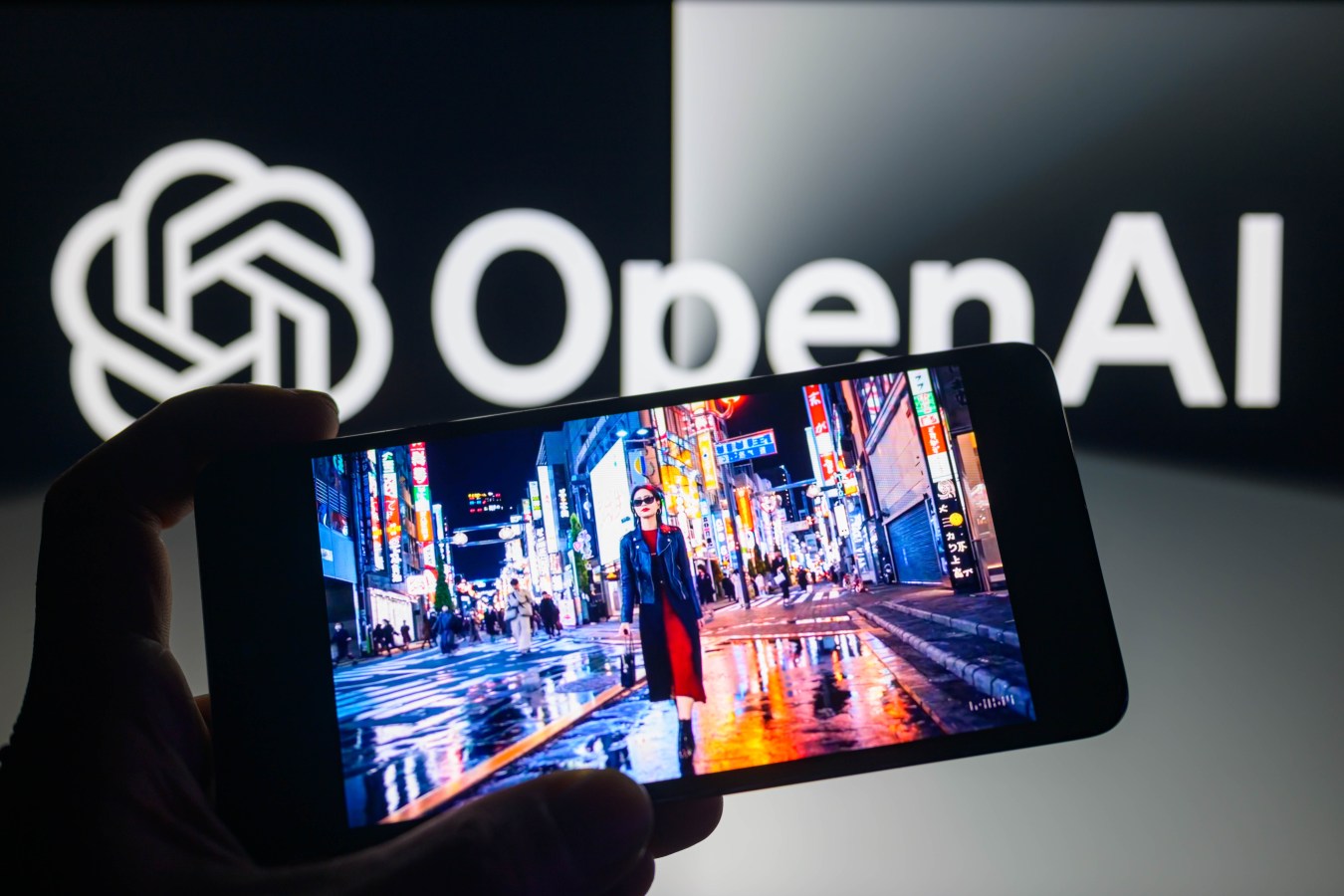
Generative AI has its sights set on advertising, film, and TV – so what next?
Can Generative AI be used to create an actual advertising film from scratch?

Can Generative AI be used to create an actual advertising film from scratch?
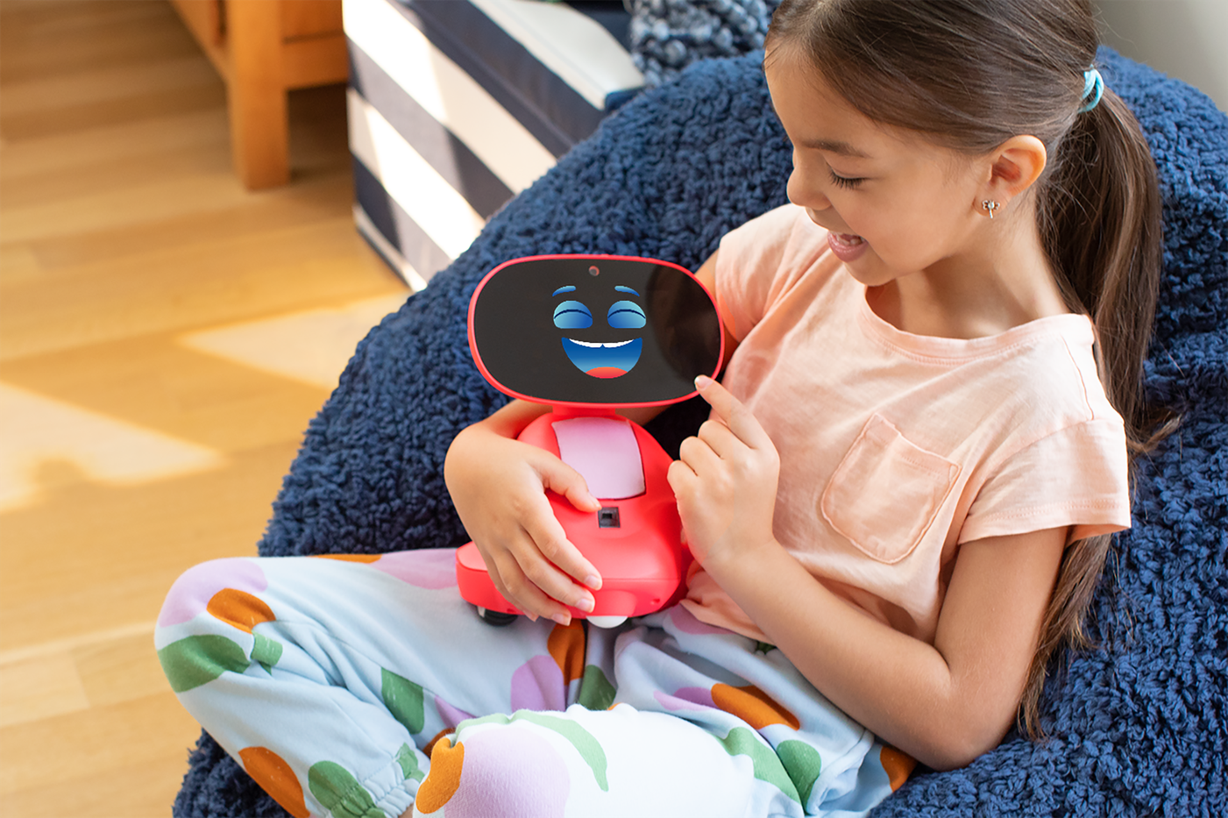
A host of startups are building robots and stuffed toys that can have full-fledged conversations with children, thanks to generative AI.

Generative AI has the potential to deliver a step-change in productivity, and reduce ‘digital debt’, Microsoft’s executives say.
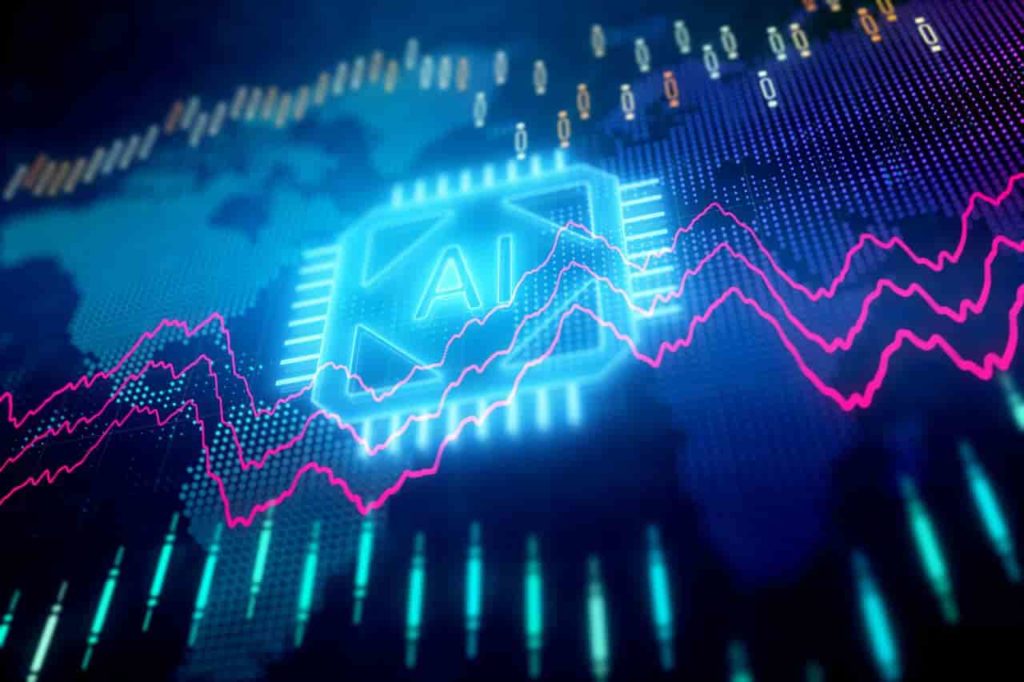
“You won’t lose your job to AI, but you will lose your job to someone who knows AI.”
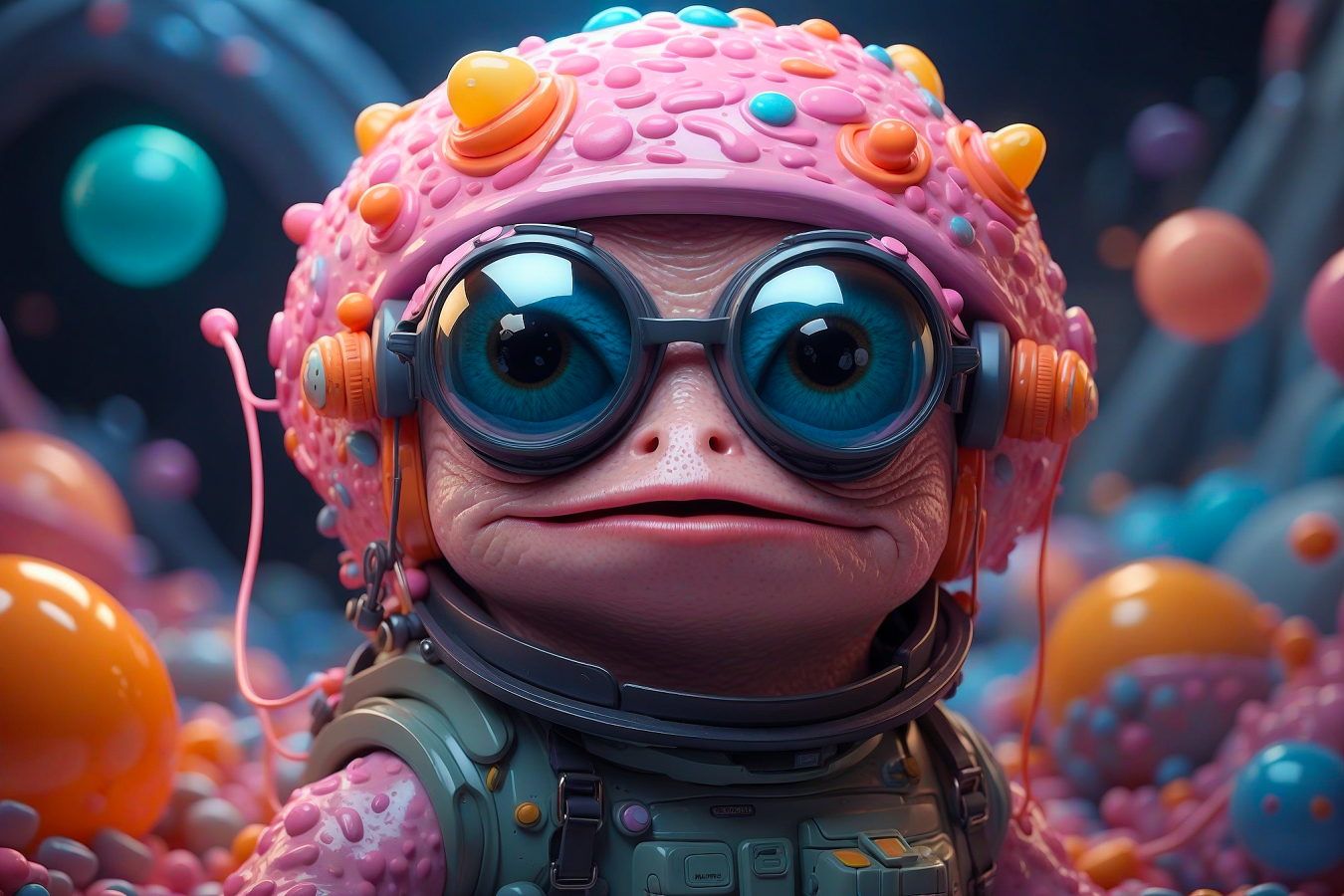
An Australian generative AI content production platform, Leonardo.Ai, has already amassed 7 million global users – who are creating 4.5 million images each day on its platform. Now, it’s raised $47 million to keep users creating.

Small businesses that master AI-powered marketing can appeal to Gen Z consumers and gain a competitive business advantage.
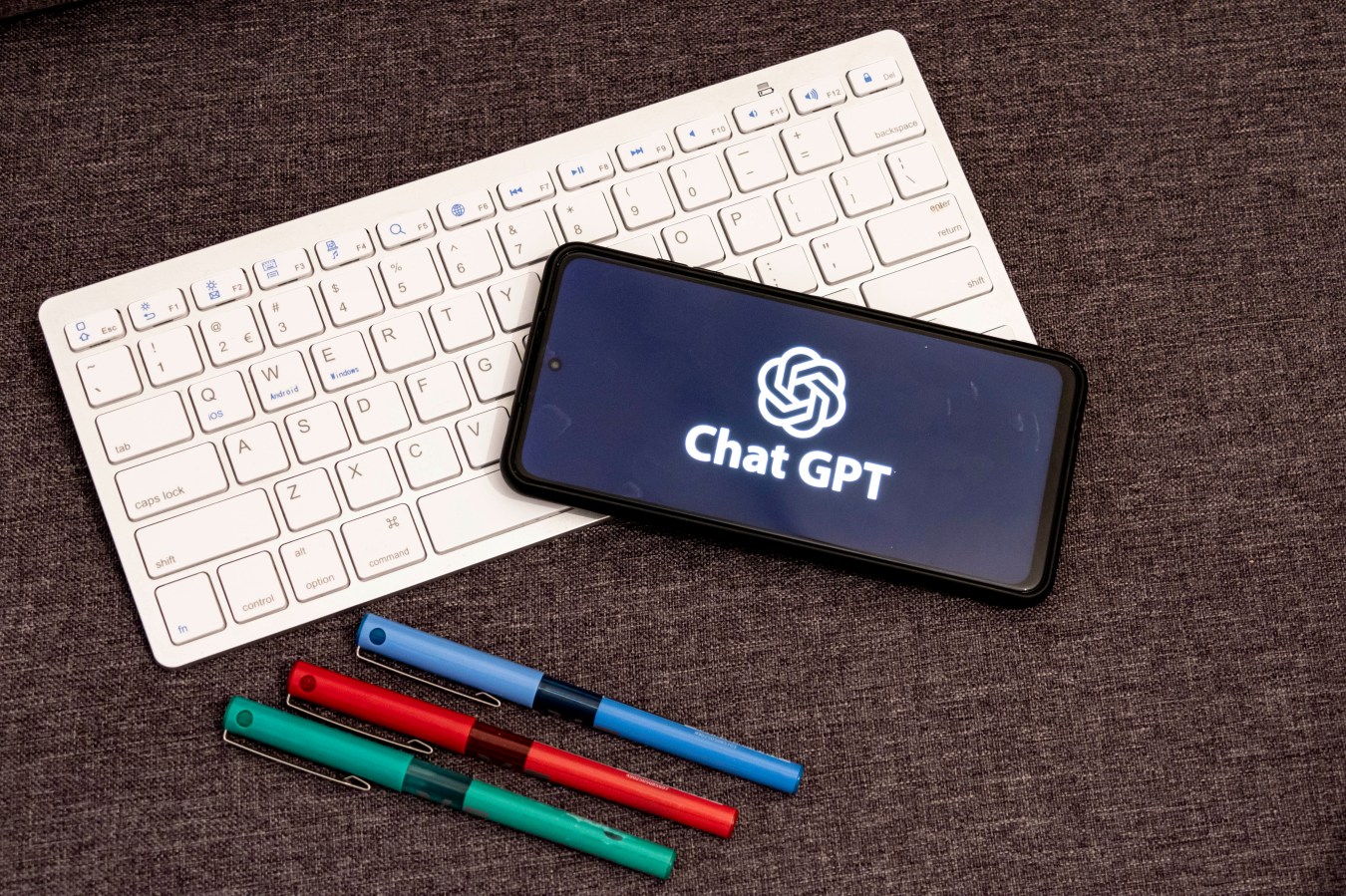
With all eyes on generative AI (GenAI) this year, Australian executives are scrambling to makes sense of how the technology can create actual value in their organisations. All while assessing what’s still an unclear risk profile, as well as learning the basics of the underlying technology itself.
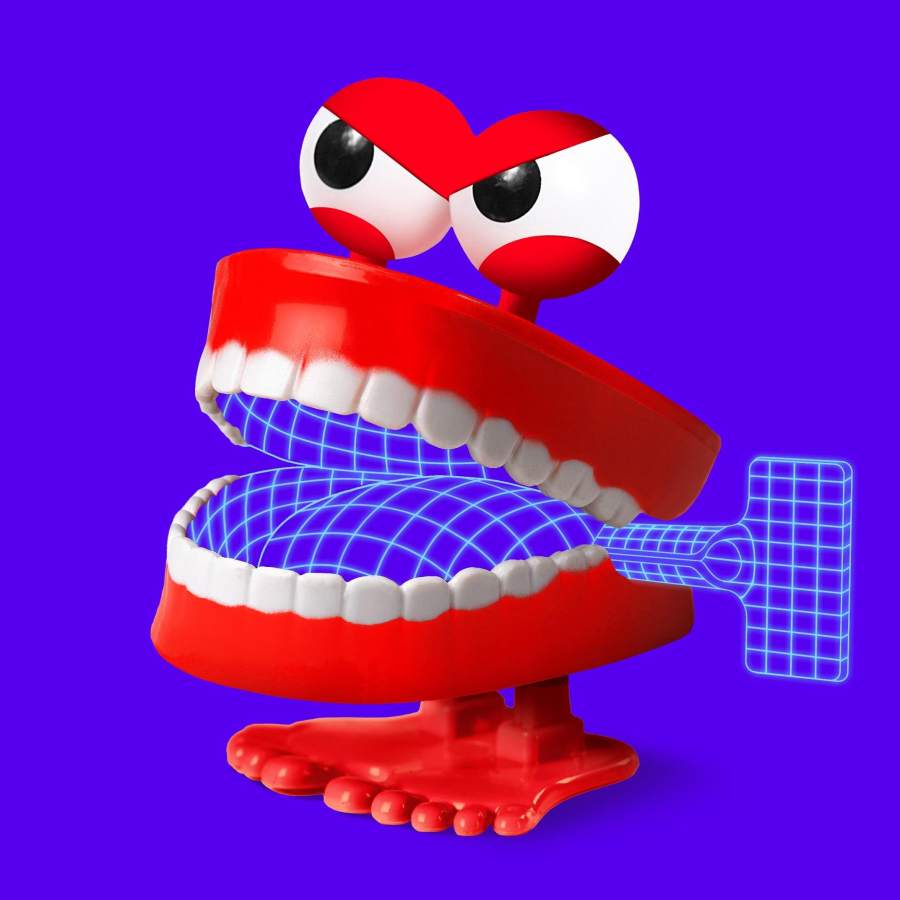
Production studios and fans alike are turning to generative AI tools to make voice actors say things they never said — and their jobs are on the line.
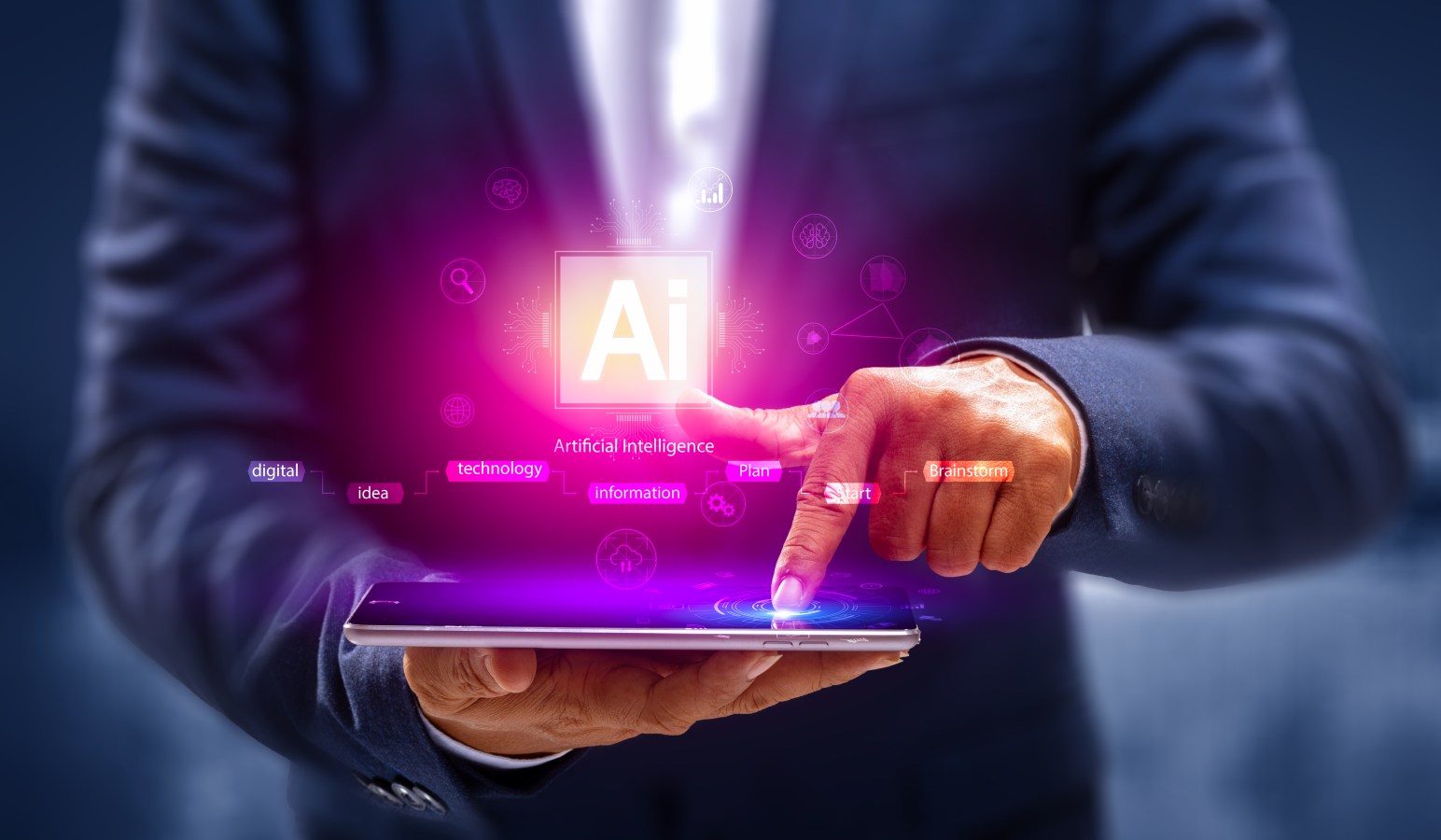
The rapid ascent of generative AI has become a global sensation, largely fueled by the popularity of widely available large language models (LLM) powered by 3rd party data. However, amidst this buzz, generative AI has the opportunity to move beyond the hype and into widespread production across the enterprise.

With the rise of ChatGPT and generative AI, the future of work has changed rapidly for Australian and global employees.